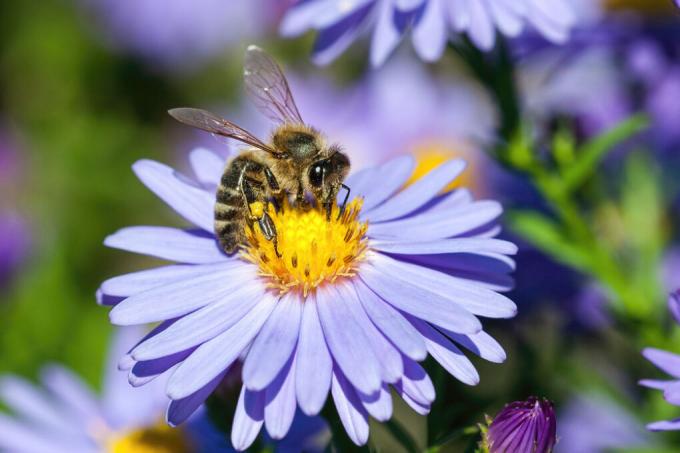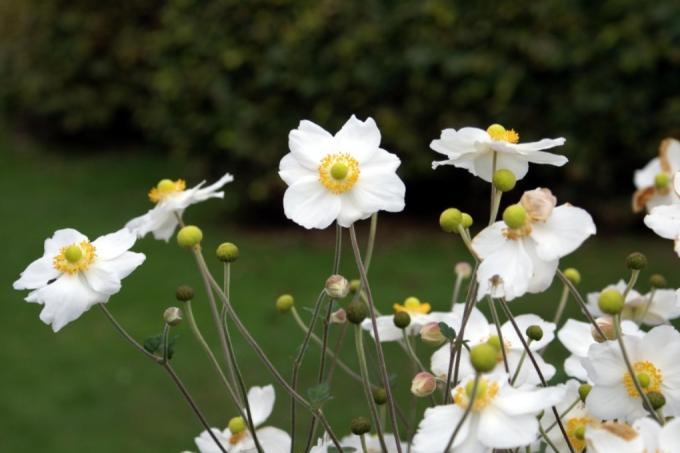AT A GLANCE
Why are anemones important to bees?
Do bees fly to the anemone?
Bees fly to the anemone. She is one of the so-called bee friendly Plant. In the trade it is therefore often referred to as bee pasture designated. Since many anemone species emit little or no scent, it is advisable to combine them with fragrant plants. This makes it easier for the bees to spot the anemone.
also read
Why do bees fly to anemones?
Bees fly to the anemone because the plants are good for the insects food supplier are. However, this is not nectar, as suspected, but pollen. Bees need this
- for raising the brood (basis for the feed juice)
- to care for the young bees (e.g. E.g.: development of flight muscles)
In addition, the pollen also provides adult bees with important nutrients that are not contained in the nectar.
Which anemone is particularly valuable for bees?
Since the pollen count of the different kinds hardly any differences has, the key factor is the Anemone bloom time.
Early bloomers such as the wood anemone (Anemone nemorasa) or the radiant anemone (Anemone blanda)
are the first important food suppliers for bees from March to April / May. In late summer and into autumn, the Japanese anemone (Anemone japonica) and the autumn anemone (Anemone hupehensis). They serve as a source of food for bees when many other bee-friendly plants are no longer flowering.
Tip
Bees that also offer anemones in summer
Although early and late flowering anemone species are particularly valuable for bees, summer flowering varieties should not be missing in the bee garden. If the hard-working pollen collectors can fly to the pollen-rich plants in your garden from spring to autumn, continuously help the bees to raise the brood and become a reliable for the insects Partner.











